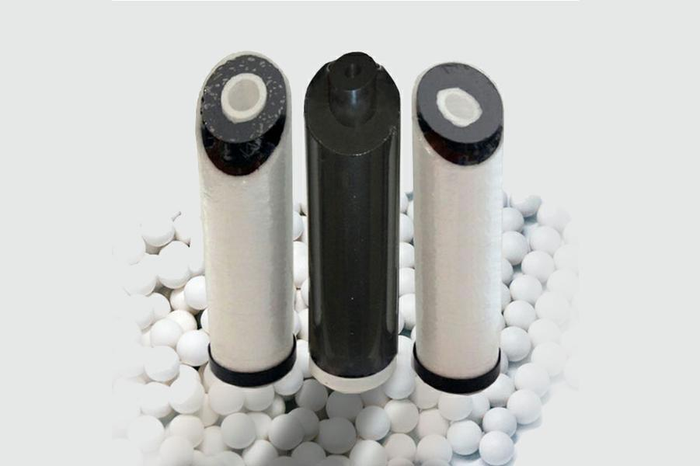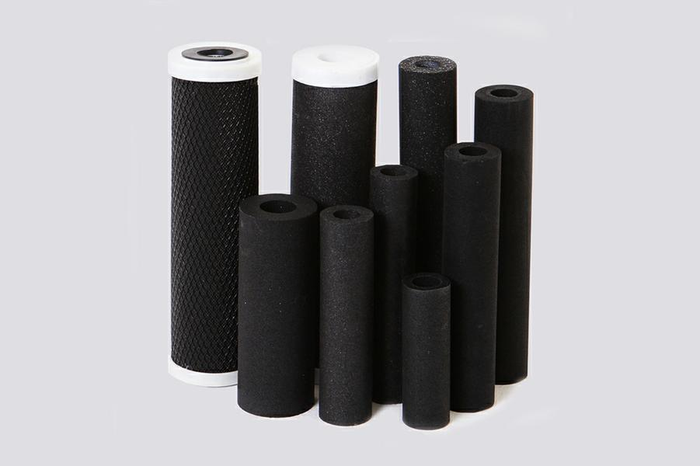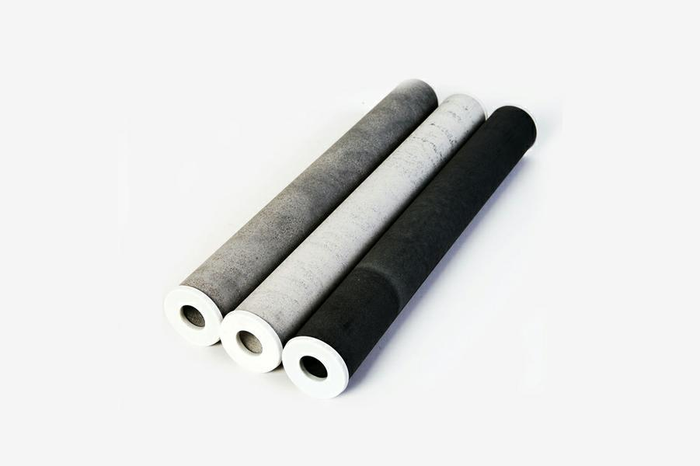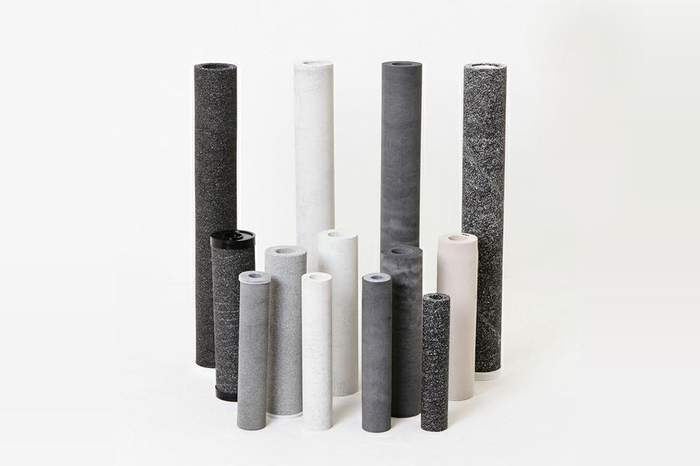材料
材料
材料
Loess ball
Yellow earth called loess is widely distributed globally including the northeastern area of China, Central Asia, the southern area of Russia, Middle Europe, North Africa, America, Argentina and New Zealand. The color tone of yellow earth is different according to regions and its color is generally red, brown, pale, yellow or thick brown. And loess is a nontoxic comfortable material with excellent chemical attraction and warm nature in which calcium oxide (CaO), potassium oxide (K2O), magnesium oxide (MgO) and sodium oxide (Na2O) including 85% silica (SiO2) and 15% aluminum oxide (Al2O2) as general ingredients are evenly distributed.
Maekbanseok Ball
Alumite is Commonly called Maekbanseok, which is a rock that belongs to quartz porphyry among igneous rocks, Its principal ingredients are silicon dioxide (SiO2) and aluminum oxide (Al2O3), and as an ore containing in large quantities over 40 kinds of minerals besides germanium, sodium, silicon, selenium, zinc and manganese it is featured in that it contains ferric oxide critical to the human body. Also as a multi-layer porous ore hawing 30, 000-150,000 pores per 1cm³ it has excellent adsorption, decomposition and ion exchange functions due to the large Specific surface area, and as a biostone with strong adsorption, decomposition and ion exchange functions and a high emission rate of far infra-red rays, it is a material useful for excellent detoxification and growth promotion.
Tourmaline ball
Tourmaline and its electrical features are classified into various types according to the Color and ingredients. As a mineral called 'electric stone' which belongs to the hexagonal system, the anode (+) and the cathode (-) exist at both ends of the crystal, even if pulverized into fine powder, and it is featured in that the properties do not disappear while the flow of weak electrical currents induces an effect increasing the emission of far infra-red rays. That is, tourmaline is a mineral required for life environments and it is also possible to utilize the functions in various uses.
Illite ball
Illite, which is not an independent mineral but a mixed mineral containing other ingredients, is a fine mineral of the mica group that belongs to the monoclinic system comparatively like hydromuscovite, though there is illite close to muscovite. It is a featured mineral material that heightens skin health and moisturizing effects (essence) including the promotion of metabolism and the discharge of skin Wastes by interaction of the generation of anions and emission of far infra-red rays.
Zeolite ball
Zeolite is the general name of hydrous minerals including aluminum silicate of alkaline earth metals generated as diagenesis occurs in volcanic ashes of the tertiary sediments of the Cenozoic era. Zeolite, which is a fine multi-porous substance, exists as natural and synthetic zeolites, and zeolite, the pore size of which is about 3Å-8Å, is a mineral material that has a functional feature of gradually discharging other substances like gas besides moisture after absorbing and adsorbing them up to twenty times as it has strong physical adsorbing power (90%-95%) and excellent chemical cation exchange capacity of 70-160meg per 100g.
Germanium Ball
Germanium is called such because the germanium ore mostly as a mineral of the biotite or Yubongseok (mica) series contains the germanium ingredient and inorganic germanium applied and used for fine Ceramics and far infra-red ceramics fields is a rare element not produced as an organic compound in natural mineral state.
Alkali ball
It is divided broadly into two kinds of alkali balls and produced: The alkali ball molded by a mixed composition of the mineral (rare earth elements, alumite, etc.) powder in which the ingredients of calcium (Ca), potassium (K), magnesium (Mg) and sodium (Ma) that are alkali elements are evenly distributed and the magnesite powder, and Alkali Ball molded by mixing the powder of Waste fossils (garaebi (shellfish), sora (turban shell), crabs, coral, etc.) with the main material of magnesite ore powder.
Magnetite ball
The Magnetite ball in water is a mineral material having functional features of making it possible to store water long time by restraining oxidizing power of water and increasing reducing power and of trying to promote the activation of water as surface tension is strengthened by resonance (wavelength and wave motion) of water.



























